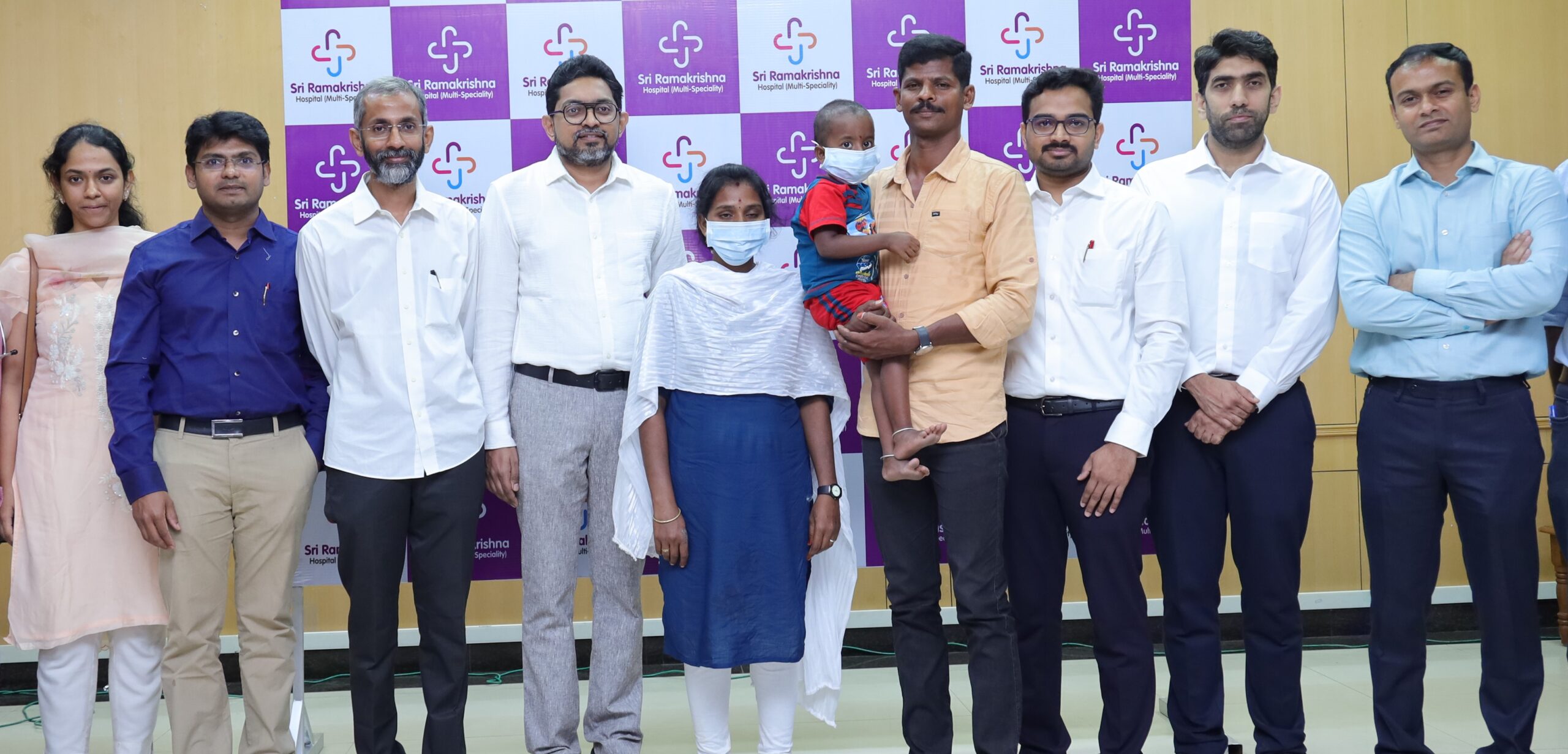Trending Now
- 830 voters names go missing in Kavundampalayam constituency
- If BJP comes to power we shall consider bringing back electoral bonds: Nirmala Sitaraman
- Monitoring at check posts between Kerala and TN intensified as bird flu gets virulent in Kerala
Coimbatore
Seeing the heart through the eye
![]() September 17, 2019
September 17, 2019
Google’s Artificial Intelligence studies have pointed to a time soon when CT scans and MRI can be avoided to identify heart problems. The solution is a mere eye scan. A top official of Aravind Eye Hospital which is in tieup with Google and gone ahead in diabetic retinopathy says the latest research has thrown up a possibility.
The eye can say it all. You can know what your heart says through your eyes. With Artificial Intelligence (AI) and enabler technology, patient experience is all set to undergo a sea change. Technology and innovations have overhauled the healthcare system.
Take the case of patient having cardiovascular problems. This was confirmed through CT scans and MRIs. On the basis of these results, doctors decided the course of treatment. But technology has leaped to such levels that it will be time to say goodbye to CT scans and MRIs. Heart diseases may now be predicted so simply through an eye scan.
Researchers working on Google’s AI point to getting a similarly clear image of possible heart attacks or strokes through sheer images from the retina. To quote Google CEO Sundar Pichai: “AI offers us the potential for new, less invasive tests for heart health — predicting cardiovascular results from retinal images with computer vision — encouraging early results.”
It is too early to say, admits Dr Kim Ramaswamy, the Chief Medical Officer of Aravind Eye Hospital which is already into tieup with AI Google. There is just one finding that had identified such a method. It has shown there is a possibility of finding from a retinal picture what can be predicted. “This is just one finding. There is a lot of data which will have to be analysed and further studies will have to be done. But the possibility exists,” he told The Covai Post.
Google AI product manager managing director Lily Peng says in Google AI’s blog: “Using deep learning algorithms trained on data from 2,84,335 patients, we were able to predict CV (cardiovascular) risk factors from retinal images with surprisingly high accuracy for patients from two independent data sets of 12,026 and 999 patients.”
According to scientific reports from Google AI, doctors can distinguish between the retinal images of patients with severe high blood pressure and normal patients. But this algorithm moves way ahead and helps in predicting systolic blood pressure within 11 mmHg for any patient. This is even for those not having high blood pressure.
To quote Peng’s blog, “Our algorithm could distinguish the retinal images of a smoker from that of a non-smoker 71 per cent of the time, compared to a 50 percent (i.e. random) accuracy by human experts.”
The level of accuracy in diagnosing and predicting the risk of a cardiovascular problem through retinal images has been astounding. Risks on the basis of age, gender, blood pressure and habits like smoking are also etched on these retinal images.
According to the researchers, the study results demonstrate “not only that these [heart attack risk] signals are present in the retina, but that they are also quantifiable to a degree of precision not reported before.”
It is believed that unlike the normal practice of drawing blood to check the cholesterol level, the AI has succeeded in predicting a cardiovascular problem awaiting a patient in five years.
Medical experts say blood vessels give a picture of probable clots that indicate cardiovascular problems. But since these vessels are hidden down the skin and tissues, access is possible only through invasive procedures.
But there is an exception. The large vessels behind the retina can help overcome the problem of invasive procedures, making diagnosis easy through a mere eye scan.
Dr Kim says that there needs to be more research to confirm whether the images from the retina can make these predictions. What the researchers are looking at are retinal images that the human eye cannot see. There is the possibility based on analyses of data over a period of time.
Doctors look at retinal scans primarily to diagnose glaucoma and diabetes-related eye disease. Dr Kim says that Aravind Eye Care has been in tieup with Google to look at diabetic retinopathy identification. Images help in identifying whether has such diabetic problem. Research is going on so that this will also help in treating glaucoma, he added.
But increasingly, researchers have been using eye scans to screen for high blood pressure and cardiovascular ailments associated with it.
The signals of potential cardiovascular problems could be there in the retina. This Artificial Intelligence can, not just quantify the risk, but hopefully go further to predict the risk level. The study has shown that there is such a possibility, admits Dr Kim.























